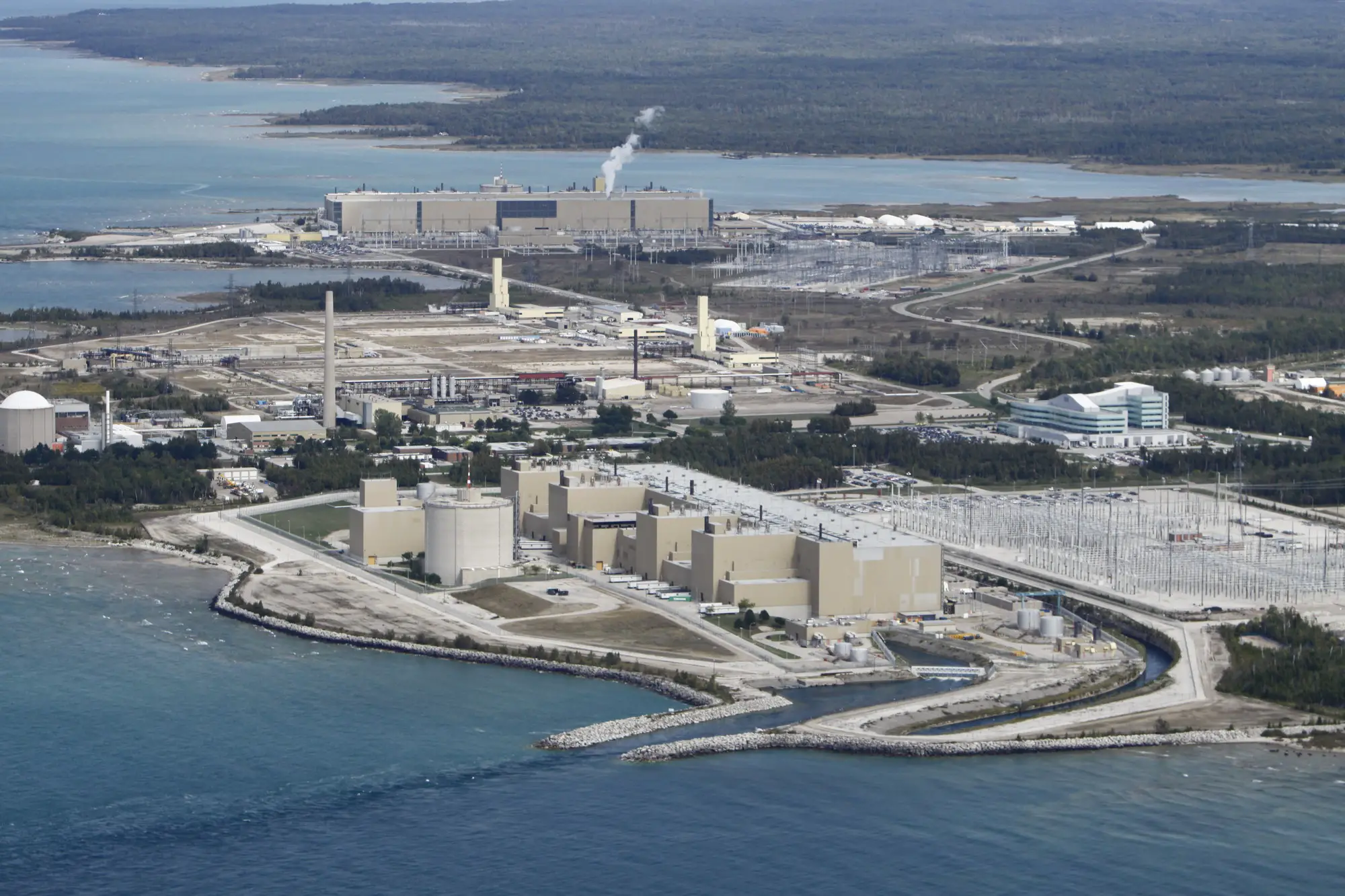(The Largest Nuclear Reactor on EARTH)
Welcome to the first post of the series.
The idea for the blog was conceptualized from my love of writing, random trivia and baking. It journals some of the fascinating things that the world has to offer, and trust me, there is plenty that we have yet to discover.
...
This first entry was inspired by my recent viewing of the hugely popular series, 'Chernobyl' which aired on HBO channel as a limited series. It chronicled the events leading up to the explosion and eventual destruction of one of the largest nuclear reactors at the time, which was situated in perhaps the world's most infamous nuclear power plant; Chernobyl.
In the first part of the pilot episode, the crabby old supervisor of the reactor plant firmly set his head high up in the clouds and "nestled" with the crows that flocked high above Chernobyl. The fella rejected all notions of any impending doom that will befall the pride and joy of the Soviet Union , ignorant of the true turmoil and repercussions that Chernobyl's wreckage would bring. Spoilers withstanding, his fate eerily echoed that of the many crows that soon collapsed across the perimeter surrounding reactor number four, seemingly poisoned by the fatal doses of radioactivity; the "taste of metal."
In all honesty, as horrifying as the incident at Chernobyl seemed (nuclear clean-up is scheduled to be completed only in 2065), such a nuclear meltdown in the current era will unleash a destructive force quite beyond our wildest imaginations, and begs to ask the questions.......
Where on Earth is the world's largest nuclear reactor?
And, am i actually at a safe distance from this monstrosity?
The answer is yes. If you are living in Singapore that is. The largest nuclear plant in the world is some 5,357 km away from Singapore, in the Land of the rising sun.
Japan.

The Kashiwazaki-Kariwa Power Plant
The reactor is able to produce almost two times the power output of Chernobyl, at 7965 MW of energy and it is operated and owned by the Tokyo Electrical Power Company or TEPCO.
The behemoth gets its cooling water directly from the sea of Japan and is planted near the coast away from the main city centres. An earthquake striking anywhere remotely close to Kashiwazaki-Kariwa will cause consequences that will most definitely outdo that of even the Fukishima-Daiichi Nuclear incident which itself was a tumultuous affair that resulted in some 154000 Japanese folk's relocation to safer shores.
Japan is no stranger to such turmoil and the dotting of so many nuclear reactors on the oft-volatile archipelago is one surefire way to cause the islands to collapse. The Japanese people, however, are quick to alter their collective spirit and weather any storm.
Shockwaves from two different earthquakes on Nihon soil, the first on July 2007 and then March 2011, rocked the nuclear plant beyond its original factory-implemented design and forced the company to shut down the plants for repairs and inspection before its eventual closure in 2011.
The Japanese people escaped danger once again.

Wreckage from the Fukushima-Daiichi Incident
As of July 2019, the reactor is still being evaluated, with no operational ready date in the horizon.
HOWEVER...
Halfway around the world, generating an equally electrifying 6430MW of energy, lies the Bruce Nuclear Generating Station in Canada.

The world's largest functioning Nuclear Power reactor.
You would assume that due to its geographical location so far up North, any Chernobyl-level incident will most definitely be snuffed out by the severe cold and snow. However, mother nature knows no boundaries, as history has shown us over and over again. Take the icebergs of Antarctica for instance. The 'bergs are inevitabaly melting away at an alarming rate due to the escalating global humidity until something is done about it.
Ultimately, one wonders...
Is nuclear power a necessary evil? Can't other more efficient energy-generating methods be procured? Is Nuclear power just too much of a ticking time bomb? Will we not learn until an incident bypasses that of even Chernobyl or Fukishima Daiichi?
We need to think of better options, lest the tip of the iceberg be the only part of the iceberg that we can dare hope to witness in our lifetime.
I end the post with these harrowing videos. Watch it and learn more about the incident and perhaps educate yourself about the dangers of Nuclear Energy
Thanks for reading =D
https://www.youtube.com/watch?v=bi3OA1tNFfo
Hi nice
ReplyDelete